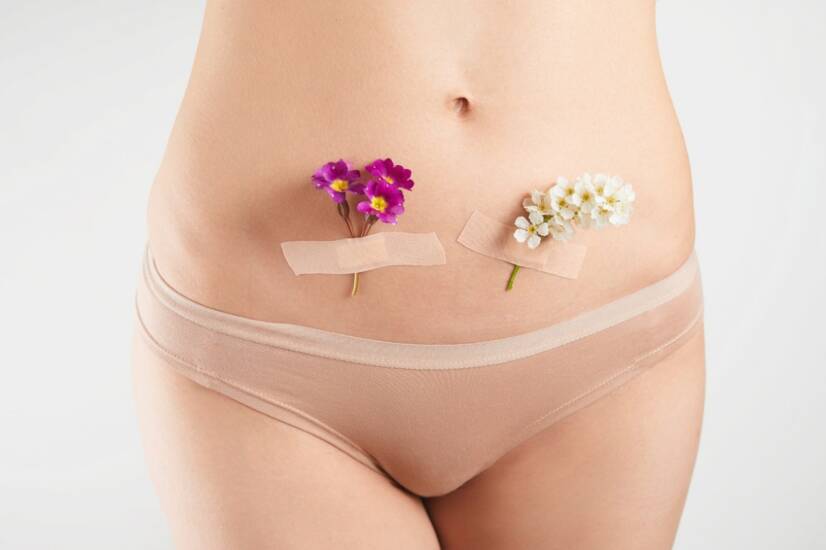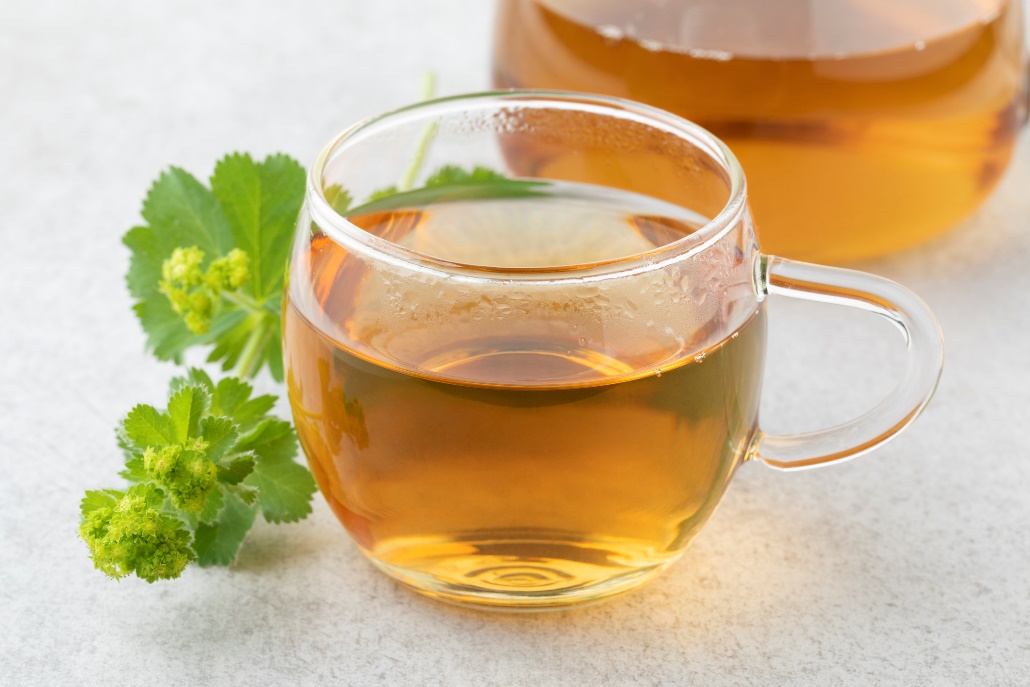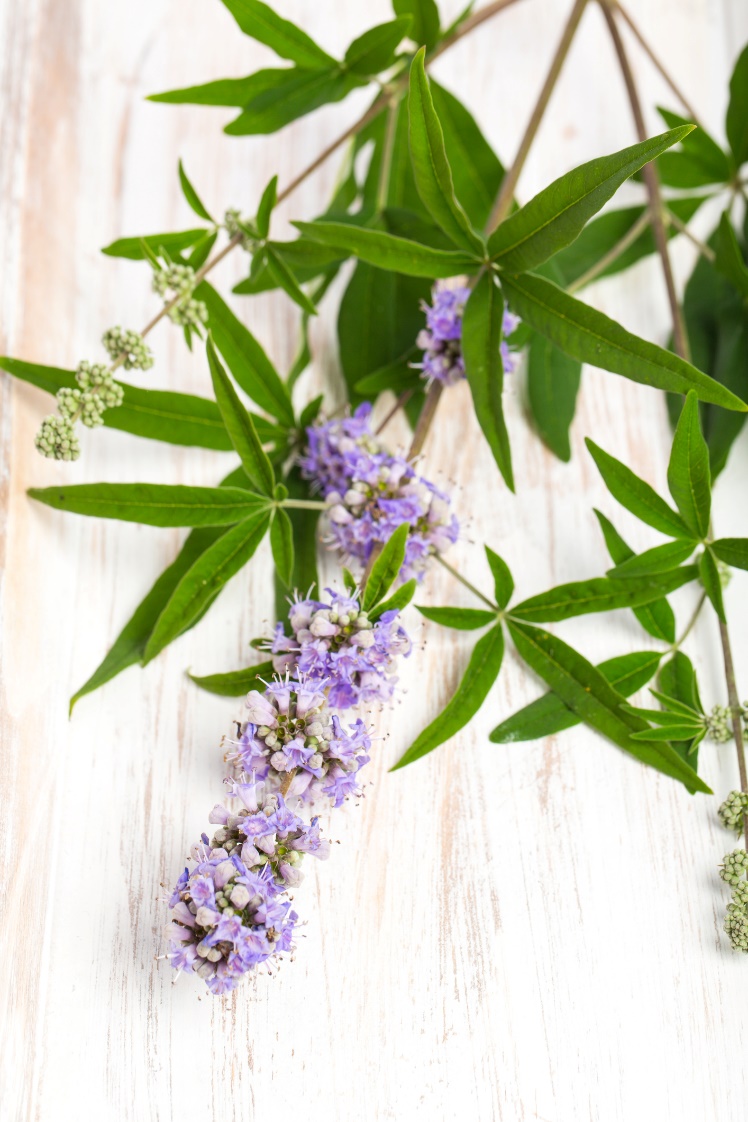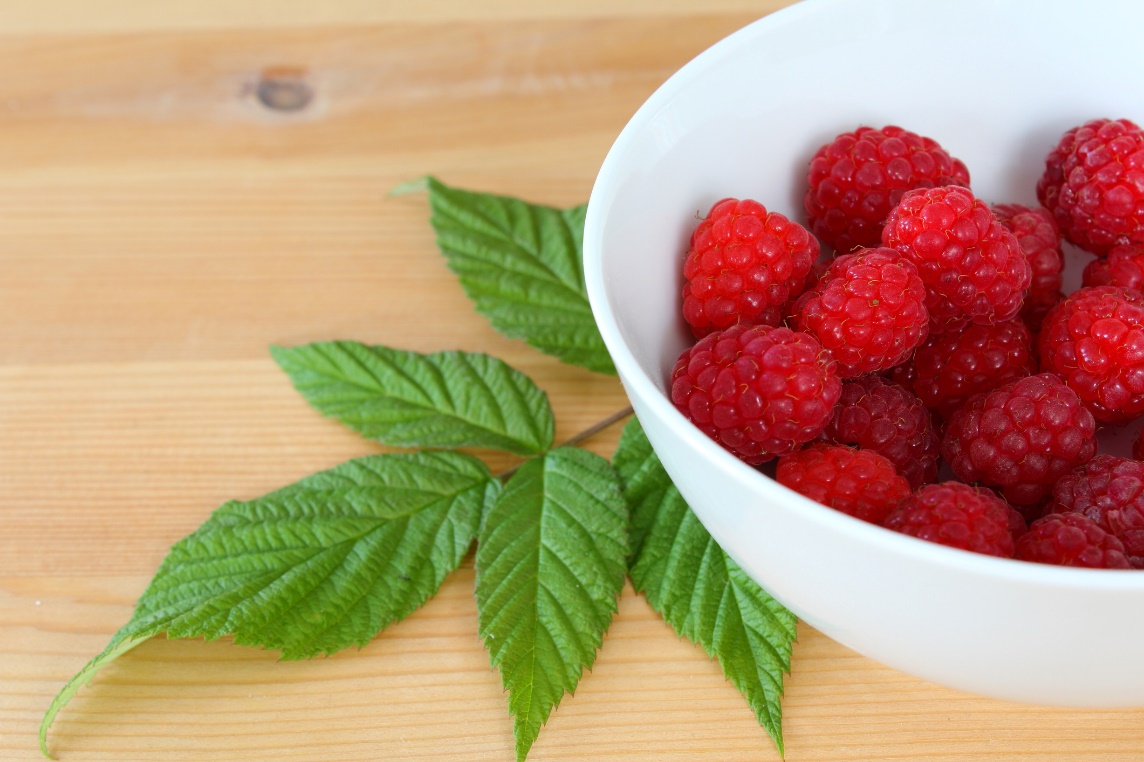- pubmed.ncbi.nlm.nih.gov - Primary Dysmenorrhea: Diagnosis and Therapy
- solen.cz - doc. MUDr. Koliba, CSc., Menstrual Pain
- my.clevelandclinic.org - Dysmenorrhea
- webmd.com - Menstrual Cramps
- acog.org - Dysmenorrhea and Endometriosis in the Adolescent
Natural help against painful menstruation. Do you know women's herbs?

More than half of women will experience painful menstrual symptoms during their lifetime.
Article content
Lower abdominal pain, cramps and uncomfortable uterine contractions are most common in the first few days of menstruation and can make even the most ordinary daily activities unpleasant.
It is a gynaecological diagnosis, the main symptom of which is excessive pain during a woman's menstrual cycle.
Headache, migraine, increased fatigue, mood changes, digestive problems and stomach pain before menstruation can be common accompanying symptoms of dysmenorrhea.
Natural help for painful menstruation?
Which herbs are called female herbs?
Classification of dysmenorrhea by cause
According to the etiology, dysmenorrhea is divided into primary and secondary. Secondary dysmenorrhea is a disorder caused by a specific organic pathological finding, such as endometriosis.
Primary dysmenorrhea, on the other hand, is painful menstruation that cannot be documented by clinical findings. This functional diagnosis is the result of hormonal changes and is most common in young adolescent women.
It is caused by excessive production of prostaglandins (hormones secreted from the uterine mucosa), which cause contractions of the uterine musculature and affect its blood supply.
The most common manifestations of dysmenorrhea are:
- Pain in the lower abdomen
- Pain in the lower back
- Headache and migraine
- Nausea and feeling like vomiting
- Stomach pain
- Diarrhoea
- Fatigue and drowsiness
- Mood changes
- Hypersensitivity
Nowadays, there is a large selection of painkillers available. If a woman wants to avoid taking analgesics during painful menstruation, there are natural options to combat the pain. These involve eliminating the pain through the healing action of herbs.
According to the World Health Organization, herbal medicine is one of the most widely used methods in fighting disease and preventing health.
In menstrual pain, a woman has the option of using herbal home recipes to promote a healing effect. Their form of use varies and always depends on the particular type of plant.
Herbs are applied to the affected areas, prepared into decoctions, extracts, tinctures, macerates, oils, pressed into juices or ointments. The most common form of taking herbs is drinking herbal tea.
Which herbs are the most suitable in the fight against painful menstruation?
It is easy to get lost in the wide variety of herbs and their effects. However, there are herbs that are popularly referred to as "women's herbs" due to their beneficial effects on the menstrual cycle and menstrual pain itself.
They help harmonize the female cycle, regulate the regularity and length of the cycle, and promote proper function and activity of the reproductive organs.
They also help maintain premenstrual and menstrual comfort and combat the unpleasant symptoms of PMS (premenstrual syndrome).
Which herbs are best for painful menstrual symptoms?
Sea buckthorn
The common coneflower (professionally Alchemilla vulgaris) is a plant of the rose family growing mainly in meadows, pastures and near streams. It contains tannins, hornworts, phytosterols, salicylic acid, minerals and vitamin C.
Contryhela is known as the 'woman's mantle' because of its beneficial effects on women's health. Its main effect is to promote the proper function and activity of the female organs.
It has a beneficial effect on the regulation of the length and regularity of the menstrual cycle. It is an herb which, through its analgesic action, relieves the painful manifestations of menstruation.
It promotes the regulation of excessive menstrual bleeding or, on the contrary, induces delayed menstruation. Thanks to its bitterness, it alleviates the digestive problems that often accompany menstruation.
How to take conrtryhel?
The simplest form of taking coneflower is to drink the herbal tea. Pour a cup of hot water over the plant and let it infuse for about 15 minutes. For a better treatment effect, it is recommended to drink the tea 2-3 times a day for a longer period of time.
Contryhel can also be processed and used in other forms such as tincture, macerate or herbal decoction for external use.

Yarrow
Achillea millefolium is an herb known by the folk name mouse tail. It is a member of the star family and is found in forests, meadows and scrubland. It is known for its numerous stems and small white flowers.
It contains flavinoids, tannins, fibre, protein and especially vitamin B. It is an aid in irregular and excessive menstruation, urogynaecological inflammations and menstrual cramps.
Last but not least, it corrects the symptoms of menopause, regulates the digestive tract and supports the activity of energy metabolism.
Pour hot water over the collected dried yarrow, about the size of a teaspoon, and wait about 10 minutes. The maximum dose is 3 cups of herbal tea per day. When used externally, it is a well-known sedative bath against gynecological inflammations. In this case, 200 g of yarrow should be infused overnight in a pot of cold water. The next day, it is boiled and poured into the prepared warm bath.
Yarrow
Vitex agnus cactus is a plant of the deaf-headed family with a very wide range of uses for women.
In the past it was known as 'monk's spice'.
It contains a combination of flavonoids, phytoestrogens, gylcosides and essential oils beneficial for fertility and hormonal balance in women.
It stimulates female hormone levels and suppresses testosterone. It is therefore not entirely suitable for men.
A significant effect of drumstick is the elimination of PMS cramps and pain in the lower abdomen. Its effects related to mental health cannot be overlooked either - the herb has a beneficial effect against anxiety and mood states.
This feminine herb can be taken in the form of herbal tea, but most commonly, drumstick is available in the form of extracts in natural dietary supplement capsules.

White horehound
White horehound, called Lamium album in Latin, is an herb in the deaf-head family. It is similar in appearance to nettles, but does not burn.
It can be found almost anywhere - in meadows, grasslands or on the banks of rivers and streams.
It contains tannins, antioxidants, essential oils, vitamins and minerals. This medicinal herb reduces heavy menstrual bleeding, pain and is anti-inflammatory.
It is known for its positive anti-inflammatory effect on the kidneys and urinary tract. It also acts against fungus in gynecological discharges.
The most common form of use of white horehound is in herbal tea and baths.
For the tea, 1-2 tablespoons of fresh/dried plant is prepared and poured over hot water and left to infuse for 10 minutes. For the effect of the therapy, a water pit is made with herbal tea 3 times a day. For the bath, 4 tablespoons of dried herb is left to infuse in hot water and then poured into the prepared bath.
External use in the form of a bath is suitable as an aid in urogynaecological inflammations.
Raspberry leaves
Rubus ideaus (raspberryberry), a member of the rose family, is an herb with a beneficial effect on women's health. It is found near forests, streams and rocky hillsides.
The plant is rich in tannins, flavones, vitamin C, organic acids, carbohydrates and carotene. It strengthens the cardiovascular system, digestion, fertility and immunity. It balances blood pressure and irregularities of the menstrual cycle.
In medicine, it is especially known as an herb that facilitates the course of childbirth, strengthens the uterus and helps with painful menstruation.
Due to its anti-inflammatory action, it is used as a gargle for inflammation of the oral cavity.
Blackberry raspberry is mainly prepared as a tasty aromatic herbal tea. 2 teaspoons of dried leaves should be poured over hot water, steeped for 10 minutes, strained and then served.

Coconut paste capsule
Capsella bursa pastoris is a medicinal herb in the hawthorn family. It grows mainly along roadsides, in gardens, meadows or in verdure.
It is known for its high content of vitamins, fibre, tannins, essential oils, calcium, potassium, manganese, copper and chlorophyll.
The effect of this herb is to reduce bleeding, regulate and lower blood pressure and support the cardiovascular system.
During menstruation, it helps women to relieve excessive blood flow. By this hemostatic action, cocoyam can alleviate the unpleasant symptoms of PMS.
The herb also has diuretic, antioxidant and antisclerotic properties.
However, coconut paste capsule is not recommended to be drunk for a long period of time. It is taken short-term during the duration of menstruation in the form of an herbal tea or tincture. The infusion of the plant is poured over hot water and left to infuse for about 10 minutes. 2 teaspoons per 1 cup is recommended.
A poultice of coconut paste capsules for external use is used especially for minor skin wounds.
There are many herbs with effects aimed at women's health. Other herbs used include evening primrose, maca peruviana, clary sage, lemon balm, chamomile and CBD preparations from cannabis.
The effect is individual for each woman depending on age, hormonal balance, medical diagnosis, drug therapy, cycle phase and current health status.
The advantage of modern times is the easy availability and wide selection of herbal teas, extracts, tinctures, macerates and ointments in finished form without having to collect and prepare the herbs yourself at home.
Herbs for menstrual pain are freely available and can be taken as loose teas, menstrual tincture drops, extracts in dietary supplement capsules or inhaled as aromatherapy essential oils.
How to support the treatment of painful menstruation?
Natural help against menstrual cramps can be supported by non-strenuous exercise - postures based on yoga and pilates.
The essence of these simple exercises is to stretch, stretch and relax the back and abdominal muscles and to automate the pelvic and spinal joints.
The postures also include breathing gymnastics with a calming psychological effect.
The effect of the herbal treatment can also be multiplied by applying heat to the lower abdomen, pelvis and lower back. The heat relaxes the muscles and releases muscle tension.
Application in the form of a warm compress, a warm pillow, a thermophore or a warm shower is suitable.
We should not forget that pain is an unpleasant symptom, by which the body alerts us to a possible problem. Therefore, it is important to seek professional help from a doctor and, in terms of prevention, not to neglect preventive gynaecological examinations.

Interesting resources
Related










